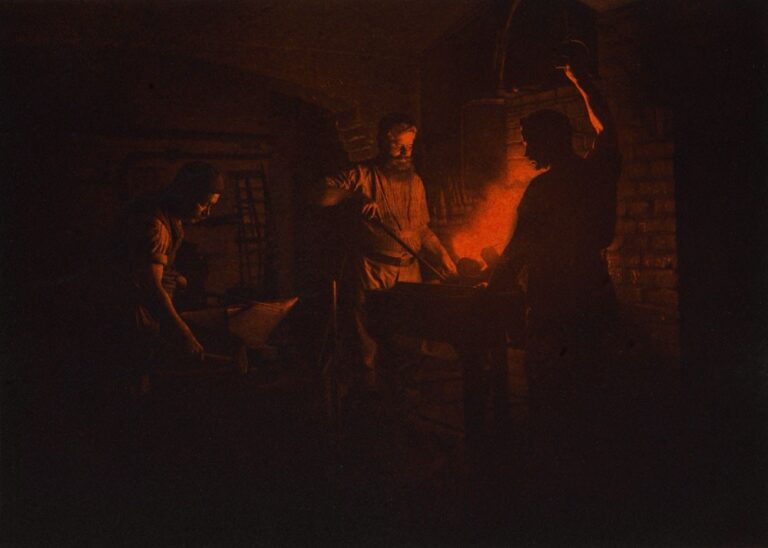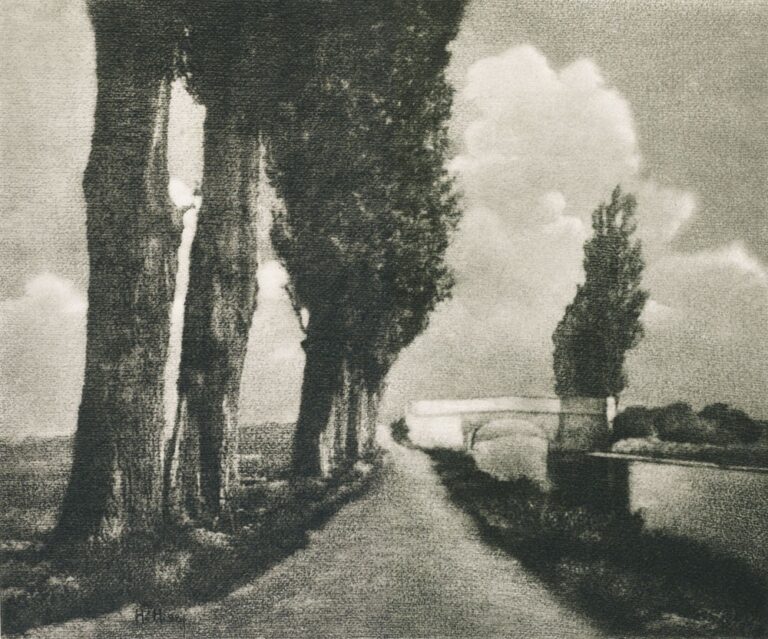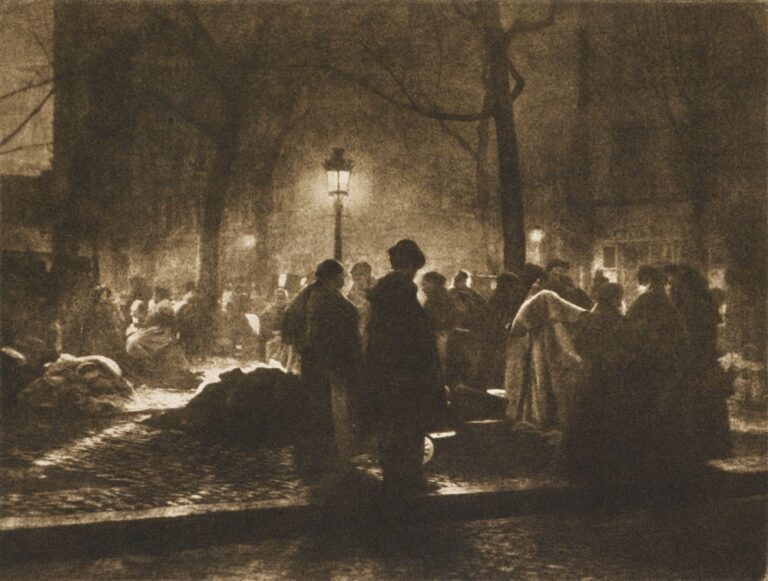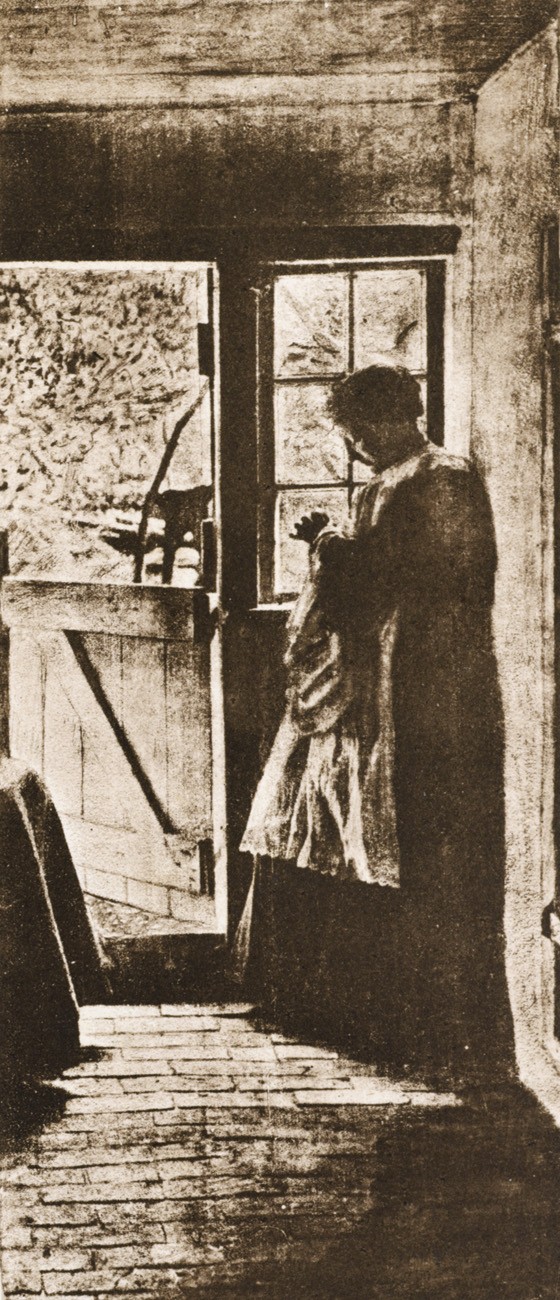
Woman in Kitchen Study
In this domestic genre scene, a woman wearing an apron holds in place a rolling pin while pouring the contents of a small pitcher into an adjoining small bowl while working in the kitchen of her home.
Original copy for this entry posted to Facebook on July 8, 2012:
I’m always on the lookout for vintage examples of cyanotype photographs to add to this website. They can be indicative of serious hobbyist photographers interested in controlling the production of their own work without the huge monetary investment of a well-appointed darkroom. The cyanotype process dates to 1842, when Sir John Frederick William Herschel discovered it. Later in the century, it was introduced to the mass market when companies such as Peerless (the paper used for this particular example) manufactured pre-prepared, light-sensitive blueprint paper impregnated with ammonium ferric citrate. The “Kodak Craze” was one reason for this new market push. Newly appointed “serious” photographers intent on taking control of their own artistic vision were now able to produce finished photographs with a few simple steps that first involved contact printing their own negatives with this paper. Chemically, the paper was then developed using a solution of potassium ferricyanide with the brilliant blue result known as Prussian blue. (ferric iron compounds being changed into ferrous iron). Not surprisingly, the vast majority of cyanotypes from this period (1895-1910) are of the snapshot variety. It is therefore rare and wonderful to find examples such as this well-composed genre kitchen study (by an unknown photographer) of a domestic scene: a woman lit solely by a nearby window is shown in a moment of contemplation while assembling the ingredients for a meal. The location for this photograph, taken in 1899, is possibly the midwestern United States, with it being part of a larger lot purchased from a seller based in Indiana.



